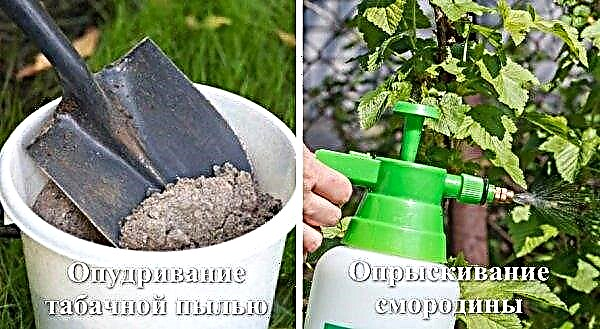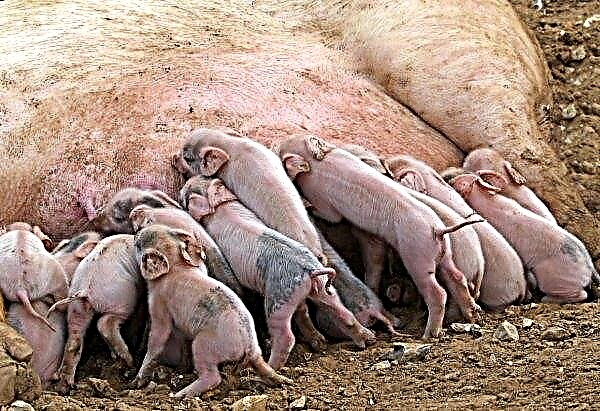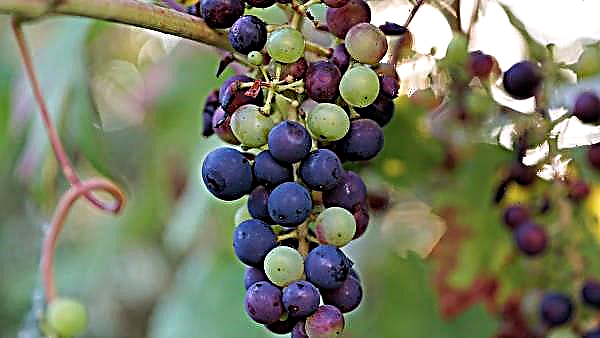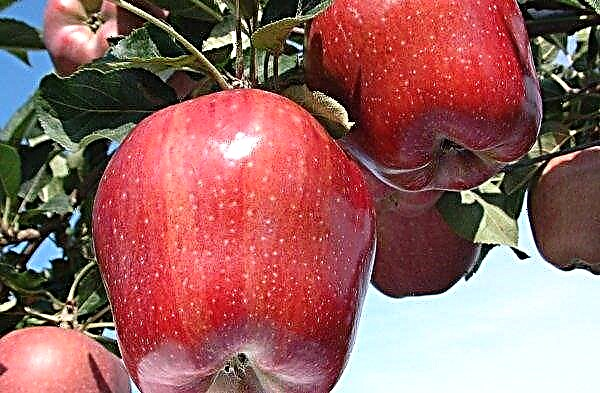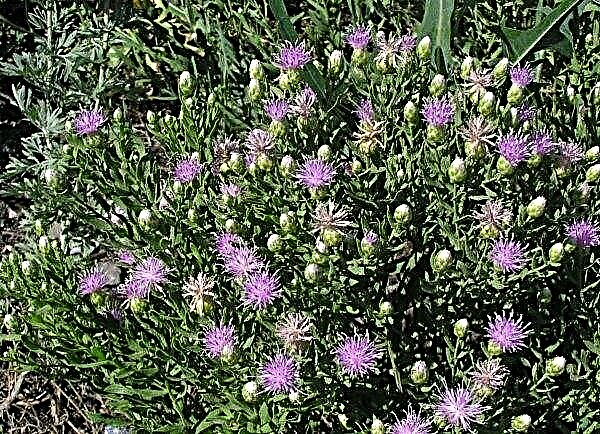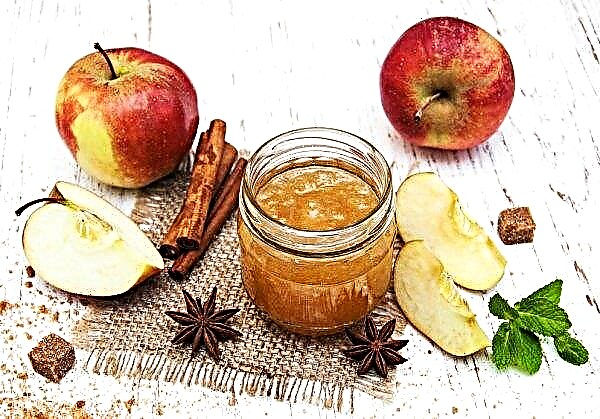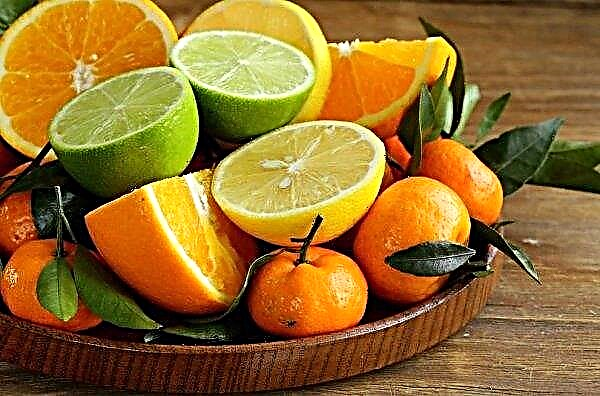Watermelon is considered to be not only one of the most delicious, but also healthy berries for humans, but it is always necessary to remember the harm that any product can cause. The danger that lies in many vegetables, berries and fruits is an increased content of nitrates, the excess of which is fraught with serious health problems. In this article, we will examine in more detail how nitrates are dangerous for a person, what is their norm, how to determine their quantity, as well as signs of a quality product and the most common mistakes when buying it.
What are nitrates and how are they dangerous to humans
Nitrates (or nitrate) are salts of nitric acid, mainly used as mineral fertilizers in agricultural production. In a small amount, nitrates are found in absolutely all living organisms, including vegetables, berries and fruits, for which nitrogen is especially necessary for full growth and development. Nitrates alone do not cause any harm, but their excess can adversely affect human health.
The fact is that after entering the body, such salts are transformed into nitrins - toxic compounds that interfere with the access of oxygen to the tissues and blood circulation functions. Having entered the intestine together with blood, nitrins cause hemoglobin to be replaced by methemoglobin, which is unable to saturate cells with oxygen, which causes oxygen starvation of tissues. As a result, this can lead not only to food poisoning, but also to death. Signs of acute nitrate poisoning are the following:
Signs of acute nitrate poisoning are the following:
- nausea;
- general breakdown, depression, drowsiness;
- blue skin;
- difficulty breathing
- dizziness;
- low blood pressure;
- cramps
- diarrhea.
As for watermelon, the danger of an increased content of nitrate increases significantly due to the lack of preliminary heat treatment, which reduces the level of toxins. The result of regular use of such “harmful” berries can be a deterioration in the functioning of the organs of the cardiovascular system and gastrointestinal tract, destabilization of the nervous system, as well as weakened immunity and metabolic disorders. That is why it is very important to make sure the fetus is safe before eating it.
Did you know? In addition to round, there are also square watermelons. For the first time, the fruits of such an unusual form for a berry were bred by a Japanese farmer in 1981 with the aim of more convenient storage.
Methods for checking watermelon for nitrate content
It is possible to calculate a dangerous dose of nitrates in a watermelon even before it is purchased - you just need to pay attention to some external signs. It should be borne in mind that it is not always possible to rely on a visual inspection: for example, the size of a watermelon is not a sign of the presence of an excessive amount of nitrates in it.
The excess of toxins in the berry can be calculated based on the following indicators:
- Sound. A high-quality watermelon will make a rather loud sound when tapped, while the "nitrate" berry, on the contrary, will become soft and outwardly look like a deflated ball.
- Surface. A good fruit has a slightly granular surface, but by no means a marbled smooth surface - this can easily be checked by running a hand over it.
- A spot from the point where the berry touches the ground. From a long stay on the ground in a natural watermelon, a small spot is formed with a size of no more than 10-15 cm and has an even yellow or orange color. The absence of such a spot may indicate that the berry was picked long before its full maturity and pumped with nitrates for sweetness and speedy redness.
- Coloring. A naturally grown watermelon will have distinct and clear lines, and a fruit pumped with nitrates will be barely noticeable and very vague.

The most reliable results of checking the product for an excess of nitrates can be obtained using the appropriate devices, however, there are methods designed for home use. Consider all possible options for checking the fetus in more detail.
Important! A significant amount of nitrates is found in the peel of the fetus, so it is not recommended to eat the flesh of the watermelon to the very crust.
Special devices
Alternative methods of checking the fetus for the presence of nitrates are quite superficial and are not able to give accurate information on their quantity. If you need the most reliable determination of the level of harmful substances in the product, you can use special equipment that will cope with this task as soon as possible and will significantly save time:
- A meter or, as it is also called, a nitrate meter - a device that in just a few seconds shows an extremely accurate concentration of nitrates in a watermelon. The device is quite simple to operate: just enter the probe inside the product, click on the desired item on the touch screen and after a second the eco-tester will display the amount of nitrates in it. Together with the obtained indicator, the meter will also show the permissible norm, which is also a big advantage and time saving.

- Indicator strips - this tool is also unmistakably able to detect the exceeded dose of nitrates in a watermelon. To do this, the test strip must be immersed in the pulp or for a few seconds applied to the cut of the fetus. The test result will be available after 3-4 minutes - it can easily be determined by the color of the probe. A pronounced purple color will tell you about the presence of a dangerous dose of nitrates.
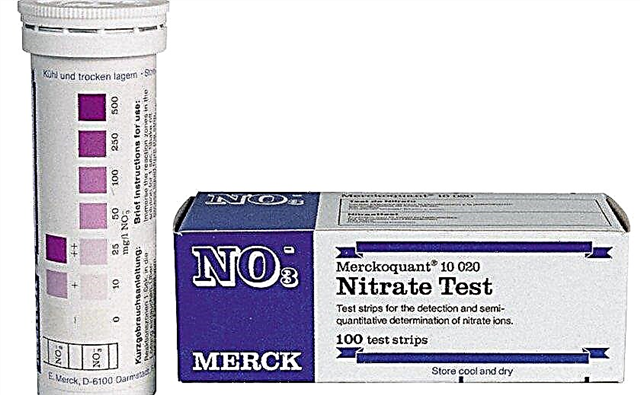
At home
Despite the simplicity and effectiveness of the devices, their purchase will cost you a considerable amount. At home, checking the fetus for the content of the exceeded nitrate norm will also not take much time - there are several simple and very affordable methods.
Checking watermelon in water
One of the easiest ways to check is in the water. To do this, you will need a bath or any other deep container, which must be filled to the top with plain water and put a watermelon in it. A quality fruit will not go to the bottom, but will float to the surface. If the berry drowned, it means that there is a high probability of an increased content of nitrates in it.
Did you know? In addition to the usual pink color of watermelon pulp, breeders have bred other varieties of the fruit — with yellow and even black pulp. Unusual and even slightly repulsive-looking berries are no less tasty and healthy than a traditional watermelon, and can even boast a minimum number of seeds.
Berry Pulp Review
There are also two effective ways to determine the "harmful" fruit - for this it is enough to examine its pulp:
- A high-quality watermelon will have exclusively white streaks, but if they are pronounced yellow, then this is a sure sign of a high content of nitrates inside the berry.
- For the next method, you will need a glass of clean water. Dip there a small piece of pulp and leave for 10-15 minutes. A useful berry will color the water in a light, barely noticeable pink shade, or slightly stir up it, but the saturated bright red color of the liquid will tell you that the product has an excessive amount of dangerous toxins.
Video: Checking watermelon for nitrates in a glass of water
Signs of quality product
In addition to the above verification methods, you must have basic knowledge of how a good, high-quality watermelon should look in order to protect itself long before buying it.
There are several simple signs that you should pay attention to when choosing a fetus:
- Dry stalk. The watermelon tail should be dry, because after ripening it ceases to be filled with moisture from the ground and dries. A green ponytail indicates premature fetal collection, although even in immature watermelons it turns yellow over time. To make sure that the berries are ripe, feel the tail - in a ripe watermelon it is very fragile and will break easily, in an unripe fruit it will be noticeably sluggish. If there is no tail at all, in this case it is better to refuse the purchase - most likely, unscrupulous sellers tried to hide the bad harvest in this way.
- Integrity. A good watermelon should be free from any kind of damage, since cracks, dents and spots can become a source of penetration of various microbes and bacteria.
- Bright picture. A high-quality fruit will always have an even and uniform color, which will serve as a reliable confirmation of its ripeness. If the stripes on the watermelon are pale and slightly blurry - it is better to refrain from buying.
- Compression Crack. You can check the quality of the fetus in this way too - put your ear to it and squeeze it slightly. A ripe berry should make a slight crack.
- Weight. The norm for a watermelon is considered to be a weight of 5 to 7 kg - this is a reliable indicator that the fruit has grown without chemistry.
Mistakes in acquiring a watermelon
Often, the purchase of the coveted fruit is accompanied by various errors that lead either to a deterioration in the quality of the watermelon, or to the purchase of an already spoiled berry.
Consider the most common of them in more detail:
- Acquisition of watermelon in the markets and near the road. The fact is that the watermelon absorbs the harmful substances that are contained in the exhaust gases of cars. Penetrating into the pulp through microcracks, they actively begin to multiply, as a result of which the product becomes extremely dangerous for consumption. Do not forget to also pay attention to storage conditions - the fruits must be in clean containers and be protected from the sun. If the goods are damaged, laid out inaccurately on the ground or dirty trays - it is better to refrain from buying it.
- Do not check the documentation confirming the quality of the goods. The average consumer often neglects this requirement, however, timely verification of the quality and safety of the goods sold is often able to protect against a “harmful” purchase. At the point of sale, ask the seller for a certificate in which detailed information about the batch of watermelons should be indicated. The absence or categorical refusal to provide it is a serious reason to beware. It is better to refrain from buying berries in such a place.

- Ask seller to cut piece. Typically, sellers themselves are happy to give a piece of the fruit to the sample to convince the buyer of his excellent taste. However, this can lead to extremely dangerous consequences, since the bacteria located on the crust of the watermelon can easily penetrate the pulp. As a result, even a healthy and high-quality fruit will become dangerous due to the high probability of food poisoning.
- In early fruits, increased nitrate content. This is a very common, but fundamentally erroneous opinion. The fact is that in countries with a warm climate, watermelons ripen much earlier, so before buying, ask the seller what kind of products he has - imported or domestic. In addition, modern and early breeders have successfully bred early and ultra-early varieties of watermelon, which also boast unsurpassed taste and benefits, so there is no reason to refuse to acquire fruits with an early ripening period.
Important! Since watermelon is an independent dish, you need to eat it several hours before or after the main meal, thoroughly rinsing it before under running water. The combination of watermelon with other products can seriously overload the stomach.
Watermelon is an indispensable sweet attribute of summer, without which it is difficult to imagine any vacation. However, unscrupulous producers often pump berries with so-called growth accelerators and dyes in order to sell their goods as soon as possible. You can protect yourself from poisoning by a poor-quality fetus, adhering to simple recommendations and ways to check it.







